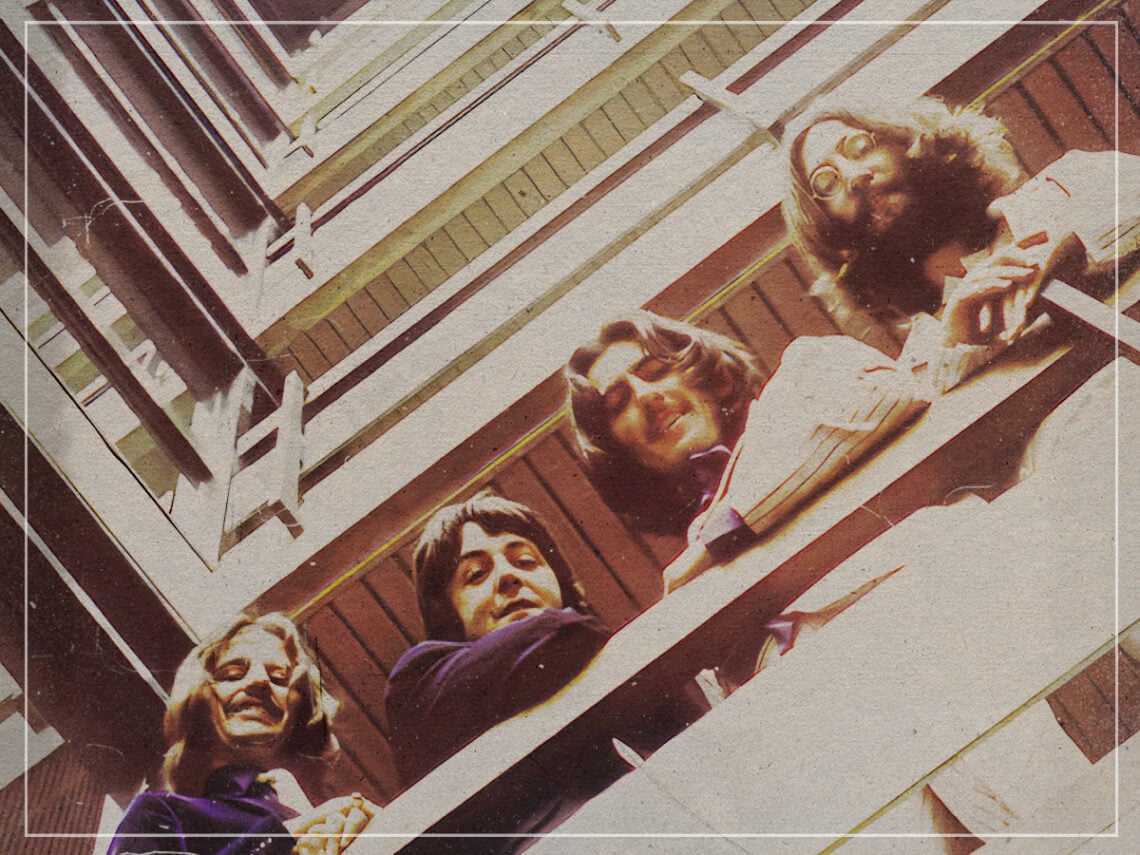Even though The Beatles’ success made them global icons, their heart was always in Liverpool. The Scouse Fab Four penned many an ode to their beloved hometown, taking tales of its characters worldwide and promoting their culture to the globe. In fact, they even found a way to capture the city’s essence from their own viewpoint on a bus.
The number five bus in Liverpool stands as a kind of official Beatles tour, taking a journey between three vital landmarks that gave the band a world of inspiration. From that itchy bus seat, Paul McCartney and John Lennon were moved to write more specifically about the world around them.
In the early days of The Beatles, the band were like most British bands and heavily Americanised. They loosened their accents to appeal to a wider audience and borrowed massively from the rock and roll and blues sounds floating over from across the pond. It wasn’t until the group ascended the ranks after they’d conquered America and secured their place in history that they let their origins crop up in their music. The harsh Liverpudlian “R” started rolling in, the northern twang returned, and the stories within their lyrics started to find a home in Merseyside.
The first one was ‘In My Life’, the band’s sweet ode to their fondest memories and loved ones. On a trip back home, Lennon was back on the bus route he’d taken a million times when it came to him.
“I think ‘In My Life’ was the first song that I wrote that was really, consciously about my life,” Lennon said of the track. At first, he tried the activity of simply naming what he saw out of the window. ”‘In My Life’ started out as a bus journey from my house on 250 [sic] Menlove Avenue to town, mentioning every place I could remember. And it was ridiculous,” he explained.
The bus took him past two of the most notable locations for Beatles fans. “This is before even ‘Penny Lane’ was written and I had Penny Lane, Strawberry Fields, Tram Sheds – Tram Sheds are the depot just outside of Penny Lane – and it was the most boring sort of ‘What I Did On My Holidays Bus Trip’ song and it wasn’t working at all,” Lennon continued. “I cannot do this! I cannot do this!”
“But then I laid back and these lyrics started coming to me about the places I remember,” he continued. “Now Paul helped write the middle-eight melody. The whole lyrics were already written before Paul had even heard it. In ‘In My Life’, his contribution melodically was the harmony and the middle eight itself.”
Some of Lennon’s abandoned lyrics for ‘Penny Lane’ name the bus route in question, “Past the tram sheds with no trams / On the 5 bus into town,” he sings.
While the mentions of the locations were dropped from the song, the longing to document the landmarks remained. After opening themselves up to the idea of writing more specifically about the world of their youth and the city they grew up in, the lyrics seemed to flow. In 1967, two years after the release of ‘In My Life’ on Rubber Soul, the band revisited Liverpool in their lyrics on ‘Penny Lane’ and ‘Strawberry Fields Forever’. In particular, they revisited the number five bus.
“Penny Lane was the depot I had to change buses at to get from my house to John’s and to a lot of my friends. It was a big bus terminal which we all knew very well,” McCartney said of ‘Penny Lane’, penning his own ode to his childhood memories following Lennon’s 1965 take.
Similarly, ‘Strawberry Fields Forever’ was a stop on the journey. As the name of a Salvation Army garden located just outside Lennon’s childhood home, the track was another of Lennon’s lyrical portraits of his youth. Once declaring the song “psychoanalysis set to music” as it took a psychedelic trip into his childhood, the song immortalised another key landmark in the band’s life.
One bus route, three songs; the number five bus that carted Lennon and McCartney back and forth between each other’s houses might be the most inspiring public transport in history.



